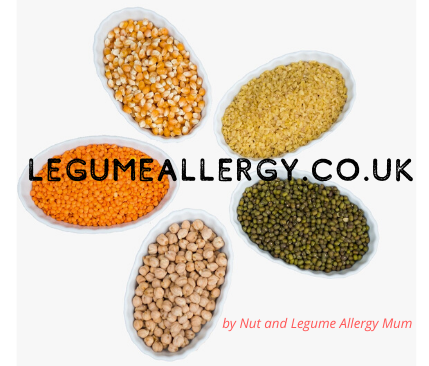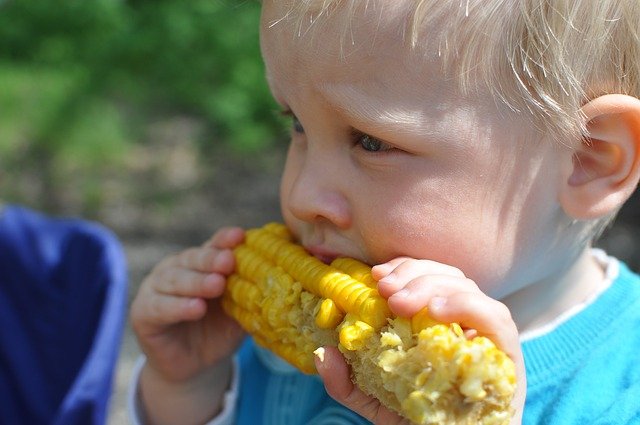Children’s meals in pubs or restaurants are usually served with peas or baked beans, and even lasagnes and curries are padded out with chickpeas or lentils. What’s more, pea protein or chickpea flour is often hidden in sausages and burgers, so avoiding legumes can be easier said than done. It can seem like a complete minefield to begin with.
So what do you feed your child instead, if you’re allergic to members of the legume family?
Vegetable sides
Fortunately, there are many other vegetables your child might enjoy, in all colours of the rainbow.
Don’t be discouraged if you’re looking at this list thinking ‘my child would never eat that’. There are vegetables on that list, like mushrooms and asparagus, which my children won’t consider, unless well-blended into a secret vegetable sauce!
“Children’s tastes change all the time,” says Louise Bell, expert health visitor at Better Start Baby Club. “Just keep offering foods from time to time – if they’re active and gaining weight, they’re healthy.”
- Sweetcorn
- Broccoli
- Cauliflower
- Carrots
- Sweet potato
- Pepper, carrot or cucumber sticks (no houmous dip on the side!)
- Asparagus
- Brussels sprouts
- Avocado
- Roasted vegetables like courgette, pepper or aubergine
- Mushrooms
- Side salad
- Cherry tomatoes.

Easy switches
When cooking, the trick is not to write off a recipe because the ingredients include a legume, but rather to train your brain so that you have automatic replacements for those suggestions. Curry recipes will often call for legumes like chickpeas, lentils or peas – instead, I add spinach, sweet potato, carrots or cauliflower. If a pasta dish or spaghetti Bolognese suggests peas, I replace them with crumbled broccoli florets.
Traditional potato or squashes like pumpkin or butternut squash can help to bulk out a dish, while sesame, sunflower or pumpkin seeds can add some crunch (just beware of ‘may contain nuts’ or ‘may contain peanuts’ warnings on seed packets). Chia seeds sprinkled on yoghurts, cereals or puddings, or added to cookie or cake recipes, add a healthy spritz of protein.
Speaking of protein…
Legumes are often promoted as being high protein replacements for animal products. If you’re allergic to legumes and you’re not vegetarian, then you can get your protein from meat, poultry and fish. As I don’t eat red meat, I often cook using frozen Quorn mince which is high in protein, too (always check the ingredients on the packet, as some Quorn varieties contain pea fibre). Seeds and avocados are also beneficial.
And for dessert Desserts and sweet treats often contain nuts or peanuts, or may be cross-contaminated due to shared factory lines. However, you can source safe sweets, cakes and ice creams, by carefully checking labels, or make your own if feeling adventurous. Check out some of my recipes for ideas!


